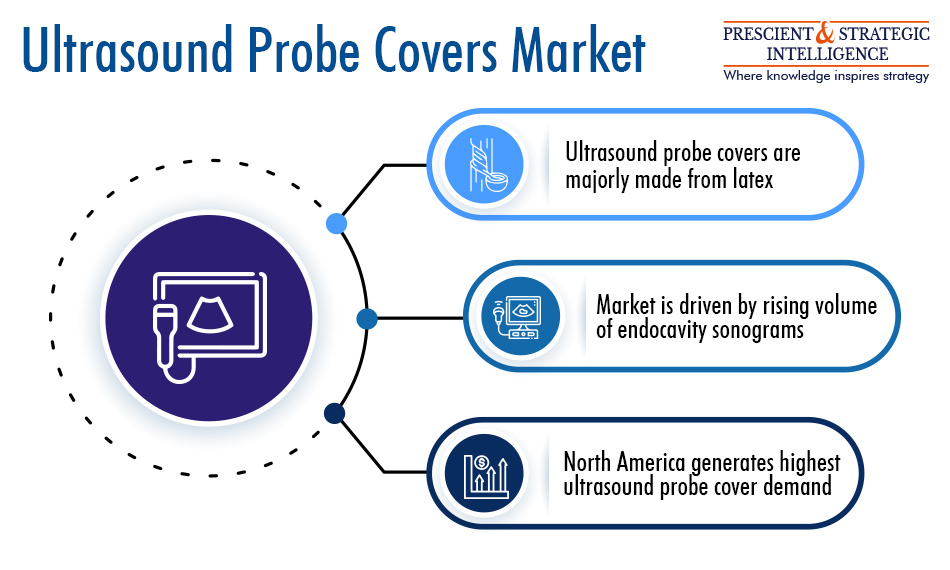The global electronic warfare industry was valued at USD 12.5 billion in 2024 and is anticipated to reach USD 25.3 billion by the end of the decade, growing at a CAGR of 12.4% during the forecast period. This growth is primarily driven by the enhancement of defense capabilities by numerous nations worldwide to counter emerging threats.
The electromagnetic spectrum, combined with cyberspace, forms a unified electromagnetic environment known as the cyber-electromagnetic domain. This technological advancement is emerging as a crucial focus, as this domain is expected to play a pivotal role in future conflicts.
Diplomatic and strategic relations between countries can deteriorate at any moment, turning allies into adversaries. As a result, almost all nations are enhancing their military prowess by adopting electronic warfare systems. Border-sharing countries are particularly at risk, irrespective of their current diplomatic ties, prompting them to bolster their arsenals with advanced technologies.
Electronic Warfare Industry Insights
- The airborne segment is projected to hold the largest market share, estimated at 40% in 2024, and is expected to grow at a CAGR of 12.8% from 2024 to 2030.
- Airborne electronic attack capabilities are vital for achieving dominance in the electromagnetic spectrum, including the ability to disable, deny, and degrade enemy air defenses.
- Electronic decoys used in combat aircraft and missiles are instrumental in misleading enemy air defense systems.
- The electronic support segment is the largest, with a 45% share in 2024, and is expected to experience the highest growth, with a CAGR of 12.7% over the forecast period.
- Information derived from electronic support is critical for decision-making in both offensive and defensive operations, enabling the detection of enemy communication networks and radars.
- Data collected is utilized for electronic intelligence (ELINT), signals intelligence (SIGINT), and communications intelligence (COMINT).
- Signal jammers dominate the market with a 20% share in 2024 and are forecasted to be the fastest-growing category, with a CAGR of 13.2% from 2024 to 2030.
- Jammers disrupt, deceive, or block enemy radars and communication systems by emitting interfering signals, facilitating counter-operations without being detected.
- North America held the largest market share, around 50% in 2024, largely due to the U.S.’s significant defense investments, with a budget of USD 877 billion in 2022.
- The U.S. heavily invests in equipping its military branches with advanced weapons and electronic warfare systems.
- Major defense and weapons companies maintain a strong presence in the region.
- The Asia-Pacific region is the fastest-growing market, with a projected CAGR of 12.7% during 2024–2030.
- Several countries in the region are expanding their military capabilities with electronic warfare systems, given the geopolitical landscape characterized by strained relations.
About P&S Intelligence
P&S Intelligence offers custom and syndicated market research and consulting services to clients across the globe. Our team of young and dynamic researchers, guided by mentors with years of experience, create data-rich reports tailored to the needs of MNCs as well as startups and SMEs. We remain in a perennial quest to offer exhaustive insights into every aspect of the market, allowing businesses of all sizes to seize even the smallest of opportunities and tackle even the biggest of challenges.
Contact:
Chandra Mohan
AVP – Business Development
Phone: +1-347-960-6455
Email: enquiry@psmarketresearch.com
Web: https://www.psmarketresearch.com
Follow Us: LinkedIn Twitter



